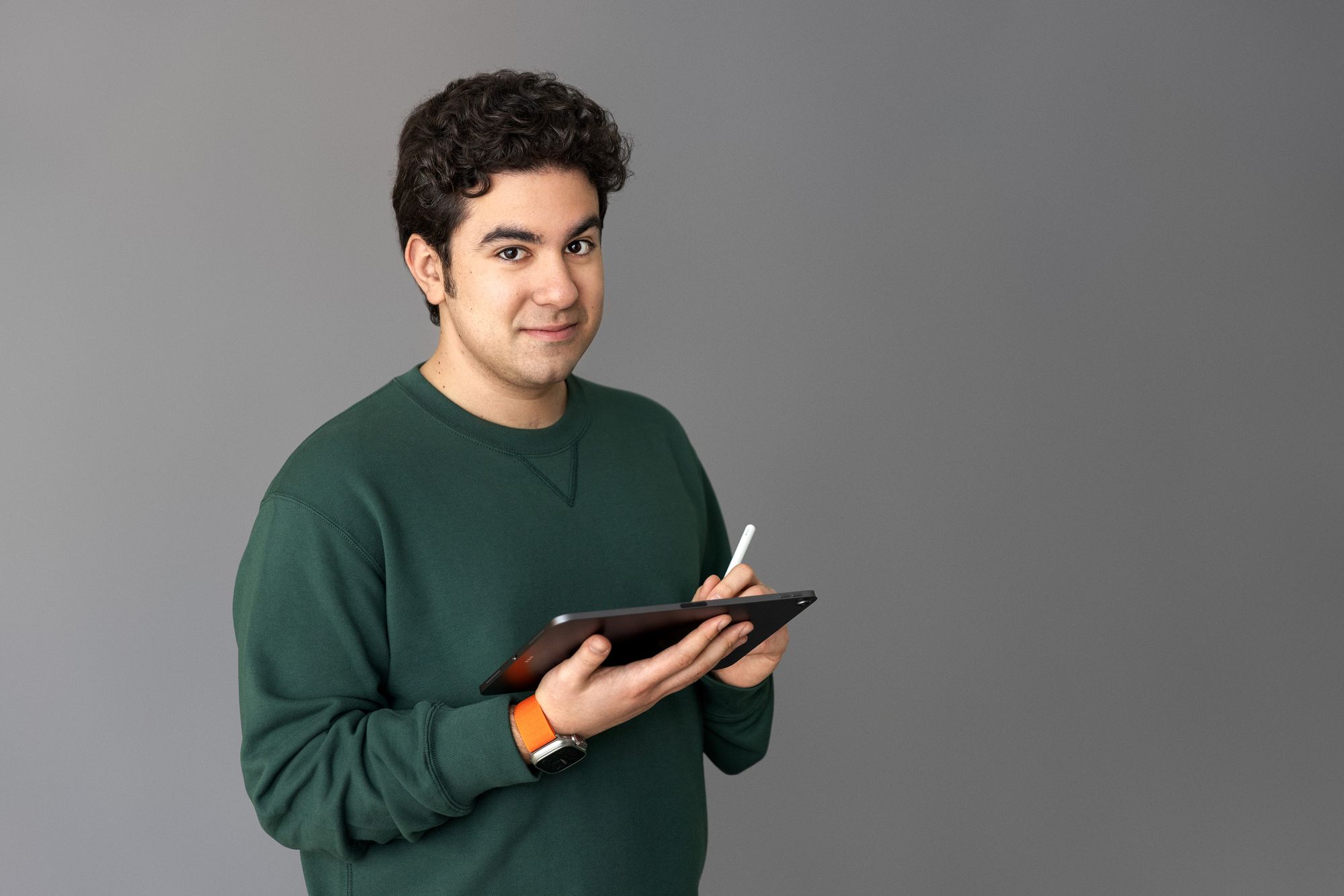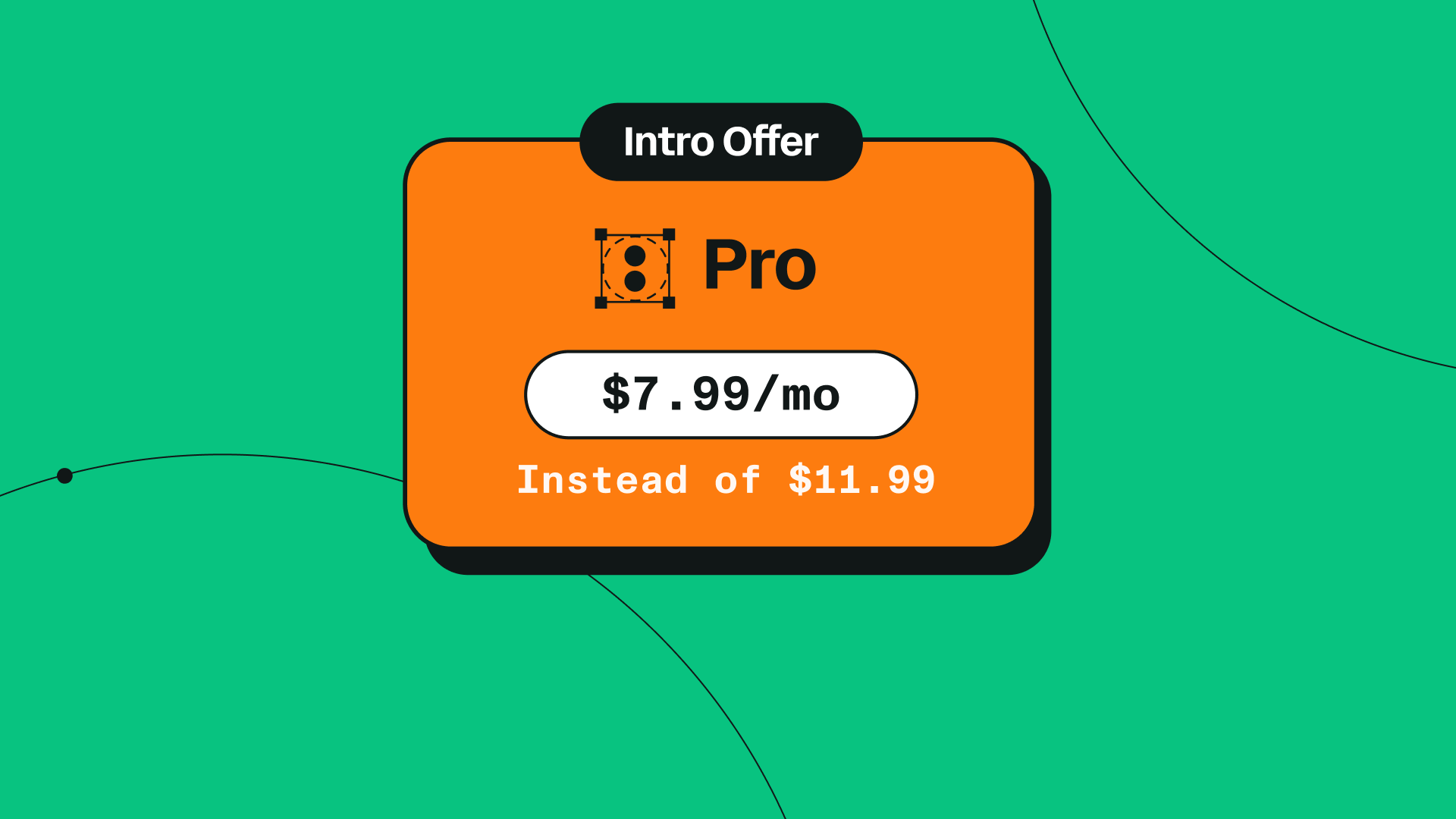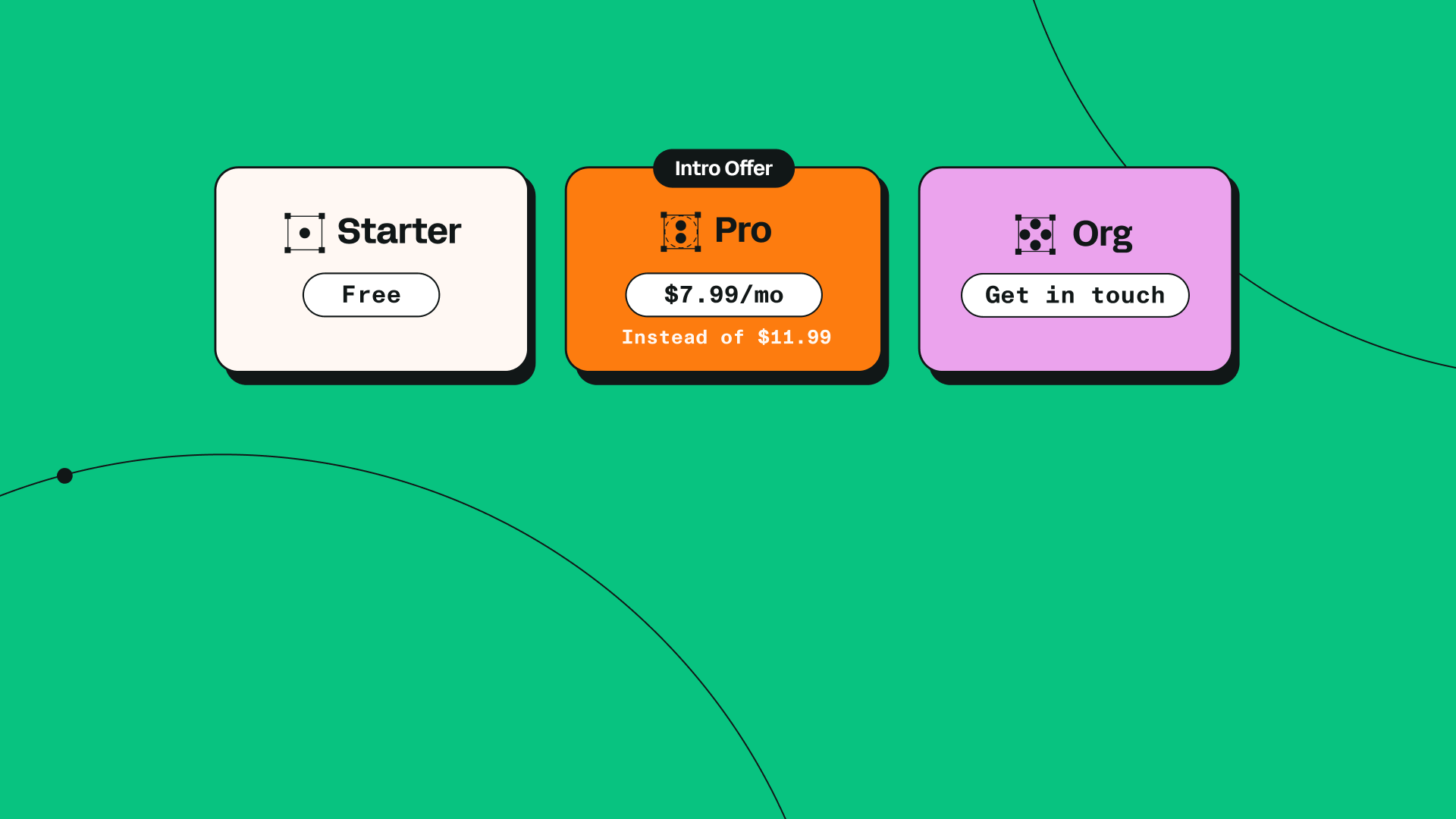Here at Linearity, we want to empower everyone to unleash their creativity.
Jumpstart your ideas with Linearity Curve
Take your designs to the next level.
We believe that graphic design should be intuitive and accessible, and that the future of vectors belongs to everyone. With our new investment from EQT Ventures, we’ll be able to push Vectornator towards new heights, and develop the future of design.
.jpeg)
We’re incredibly excited to announce that we have secured over $20 million of funding led by EQT Ventures, together with 468 Capital and business angels including Bradley Horowitz (VP Product, Google), Jonathan Rochelle (Co-Founder Google Docs, Google Spreadsheets, Google Slides, Google Drive), Charles Songhurst (Ex. Corporate Strategy, Microsoft) and Lutz Finger (Group Product Manager, Google).

With this investment, we’ll be able to take Vectornator to the next level and invest in Vectornator’s future.
But what does that mean for you?
In the near future, we’ll be adding new workflow features like AI-powered automation and real-time collaboration. We’ll also be improving our Brushes and Auto Trace features to be the best in the industry. And we’ve got a couple of features coming soon that we know a lot of you have been asking about - paint buckets and a shape builder tool.
Lastly, this investment will also help us to launch new products, getting us closer to our goal of developing a full suite of intuitive, accessible vector tools.
.png)
We’ve worked hard to make Vectornator what it is today. The first versions of the platform were released over five years ago, and our roots go back even further. Today, Vectornator has over 5 million downloads and is trusted by leading brands.
“For me, there were two clear sides to joining forces with the Linearity team. Vladimir is a very clear-cut founder who has built an outstanding product. Design tools are some of the hardest tools to build, but Vladimir and his team have shown that anything is possible. I cannot wait to continue to help this business grow and become a key player in the market.”
- Ted Persson, Partner at EQT Ventures
.png)
We believe that vectors are for everyone.
From the beginning, Vectornator was developed as an answer to a problem. Most design tools are built on a framework and mindset that comes from outdated technology.
Vectornator is Now Linearity Curve
Your favorite design tool has evolved! Discover the new name and look with the same powerful features you love.
Computer graphics have always been based on pixels, but it used to be more obvious in the past. Screen resolutions were lower, with narrow color capabilities and limited computational power. This meant that designers were restricted by the constraints of their hardware. Adobe Photoshop was launched in 1988 out of this design paradigm, but screen resolution at the time was stuck around 72 dpi.
“When I first got into design aged 10 over a decade ago, I found the tools hard to use and intimidating. I immediately wanted to create my own suite of tools to solve that issue as vectors become more relevant than pixels and are also superior in every aspect except for photography. Vectornator is all about customer experience, simplicity and not over complicating the software. I’m thrilled to be working alongside Ted and the team to glean knowledge and market understanding and help to grow our platform.”
- Vladimir Danila, CEO and founder at Linearity
.png)
During the late 80s, the desktop publishing revolution took off, and designers discovered the need for “pixel-less” design, to enable them to create computer graphics meant for print and publishing, which have a way higher resolution.
The answer to this problem was vectors. With a vector design tool, designs could be formed by mathematical expressions instead of thousands of tiny squares. This drastically reduced the memory and file size requirements of designs, effectively removing the ceiling for what was possible with design. Technologies like Postscript (precursor to PDF) paved the way for this early vector graphics movement.
In the early 2010s, Apple began improving their screen resolutions with the introduction of Retina displays, and mobile phones with higher resolutions became the new normal. These Retina screens were almost print-like, with pixels so small as to be effectively invisible.
With screens this sharp, designing “straight into pixels” was no longer the most optimal method for designers. Vector graphics experienced another resurgence, since they could now more accurately be expressed as an abstracted layer on top of pixels.
.png)
Now, Vectornator is disrupting the pixel to its fullest in everything but photography by making vectors as easy to work with as pixels.
Did you know that we’re hiring? If you’d like to be a part of Linearity’s future, take a look at our career page. We have over twenty open positions right now, and we’d love to have you on board.
In the same way that designers must have felt the first time they experienced working with vectors, we feel like our ceiling is gone, and our only limit is what we dare to dream.
Jumpstart your ideas with Linearity Curve
Take your designs to the next level.


Share this!


:quality(75))
:quality(75))



:quality(75))



